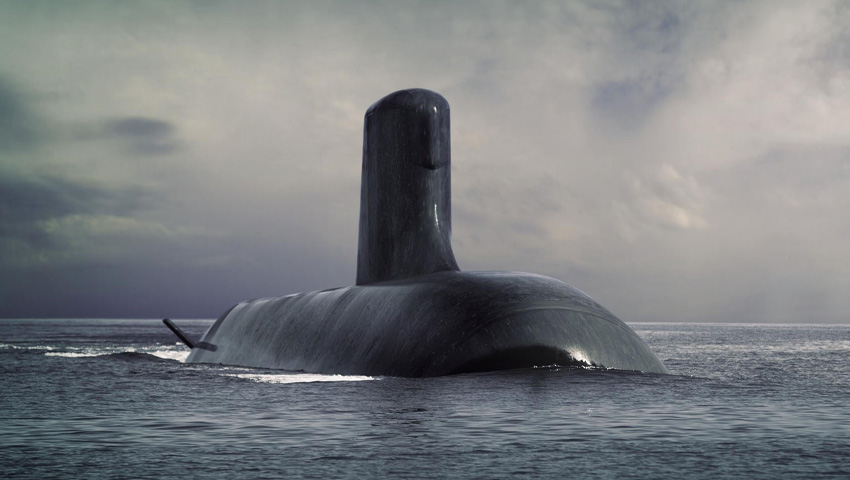Deputy secretary, national security, Caroline Millar, recently visited HMAS Sheean at Fleet Base West to see first-hand the vital capabilities submarines provide to secure the nation and the role Australia’s future Attack Class vessels will fill when they enter service.
To continue reading the rest of this article, please log in.
Create free account to get unlimited news articles and more!
Silent and lethal submarines serve as an incredible deterrent for any nation. Australia’s Collins Class, despite their initial teething problems, have gone on to prove themselves as formidable adversaries in war games with the surface and submarine forces of allies, including the might of the US Navy’s nuclear attack submarine fleet.
After an initial briefing by Deputy Commander Submarine Force, Commander Chris Forward, Millar was provided a tour onboard HMAS Sheean where the deputy secretary was welcomed aboard by Commanding Officer HMAS Sheean, Commander Darren White.
Millar was keen to know what activities the submarine had undertaken during the year and what was planned for the future.
CMDR White explained, "We will complete several more activities, including a fleet exercise before heading into a deep maintenance period next year. I have one of the best crews in the fleet, they are like family and we have look out for each other. All I require from them is that they are the best submariners they can be."
Joining Millar for the tour were Tony Dalton, deputy secretary national naval shipbuilding, Timothy Rutherford, director of strategy and intelligence, Department of Prime Minister and Cabinet, and Tristram Boveington, policy adviser, Department of Prime Minister and Cabinet.
Millar was surprised by the clarity of view through the attack periscope and was very keen to know more about the navigation maps and intelligence provided by other departments.
The tour continued through the weapons stowage area, where there were many questions about the torpedo capability, followed by the galley, accommodation areas and concluded in the engine room.
Millar and the group had some further questions about crew numbers, shift work, logistics of meals as well as maintaining training standards.
"I am extremely impressed with the capabilities provided by our submarines, and have a deep respect for the submariners working in this environment," she said.
Replacing the Collins Class, combined with growing regional trends, in particular the rise of China’s own submarine fleet, which is expected to have 70 submarines in the Pacific by 2020, has forced a major strategic rethink and recalculation.
The Attack Class submarines will be delivered as part of the $50 billion SEA 1000 Future Submarine program. Naval Group will build 12 regionally-superior submarines to the Royal Australian Navy.
Naval Group's successful Shortfin Barracuda design, which serves as the basis for the new Attack Class, is a conventionally-powered variant of the nuclear-powered Barracuda fast attack submarine currently under construction for the French Navy.
Lockheed Martin will provide the AN/BYG-1 Combat control System, which provides an open-architecture submarine combat control system for analysing and tracking submarine and surface-ship contacts, providing situational awareness as well as the capability to target and employ torpedoes and missiles.
The 12 vessels will be built by Naval Group at a specialist submarine shipyard at Osborne, South Australia. The Commonwealth government’s Australian Naval Infrastructure (ANI) program will support the development of the future submarine shipyards.
The Commonwealth government formally signed the strategic partnering agreement (SPA) with Nabal Group in February 2019 ahead of confirming the final design specifications and requirements for the Attack Class submarines.
The Attack Class will enter service with the Royal Australian Navy at a time when 50 per cent of the world’s submarines will be operating in the Indo-Pacific region.
Stephen Kuper
Steve has an extensive career across government, defence industry and advocacy, having previously worked for cabinet ministers at both Federal and State levels.

 Login
Login








